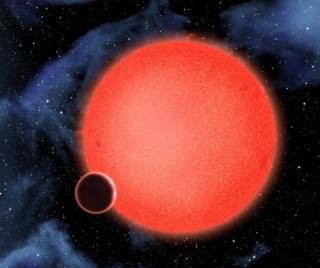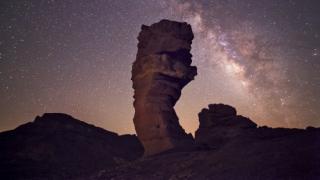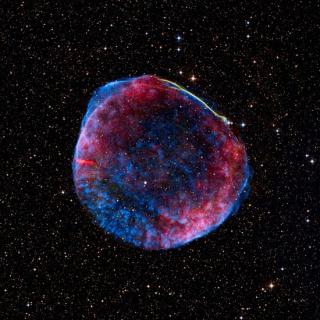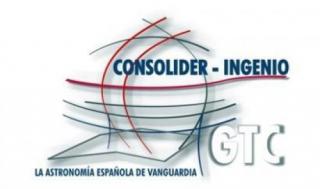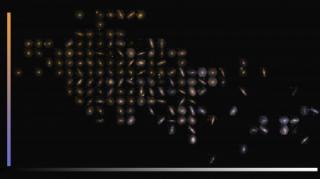
The Calar Alto Legacy Integral Field Area survey (CALIFA survey), that counts with the participation of the Instituto de Astrofísica de Canarias (IAC), announces today its first public release of data, offering an unprecedentedly detailed view of one hundred galaxies in the local universe with ample opportunities for scientific study. Together with the data release, two technical publications authored by members of the CALIFA collaboration have been made publicly available, describing the data and showing some of their scientific applications. The Calar Alto Legacy Integral Field Area
Advertised on
